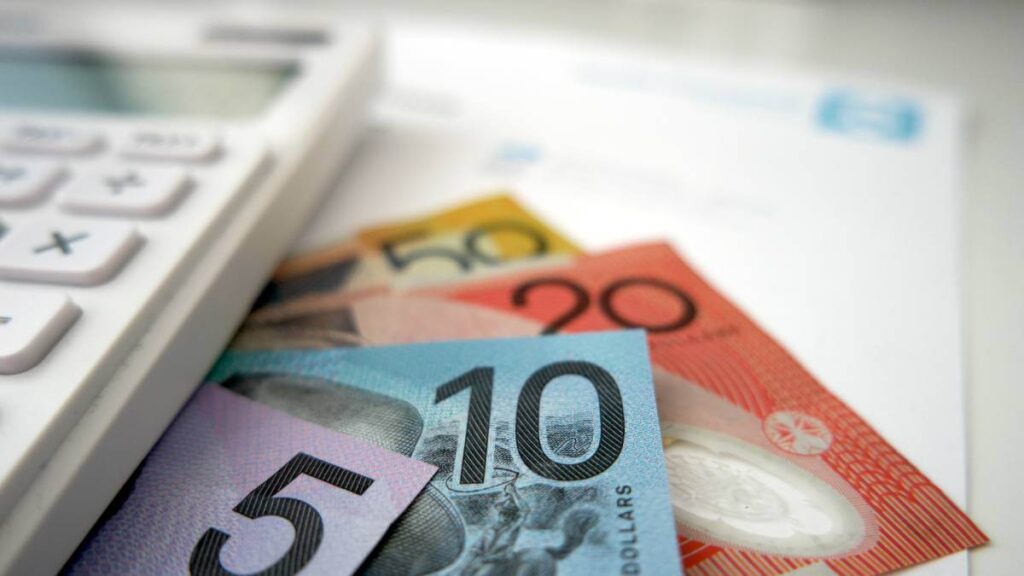In good news for consumers, the federal government has refused a private health insurance industry request for the biggest average increase in premiums in the past six years.
The government and the industry negotiate each year on premium increases, but this year their request for an average 6 per cent rise was rejected, with health minister Mark Butler citing cost-of-living pressures.
Mr Butler told the Australian Financial Review he was not inclined to approve the increase based on the information provided.
More reasonable figure
“I’ve written to every private health insurer, directing them to have another go and put forward a more reasonable figure that considers their years of record profits and the declining proportion of premiums they return to customers, particularly while household budgets are under pressure,” he said.
Health insurance premiums increased by 2.9 per cent this year and 2.7 per cent in each of 2021 and 2022.
The industry claims the rises are necessary to cover inflation and “soaring use of hospital services”.
Private Healthcare Australia chief executive Dr Rachel David said the request for such a big increase reflected inflation, record claims and essential IT costs such as upgrades to protect against data hacks.
“The cost of medical and hospital services increased 5.9 per cent this year and there’s been a 9.6 per cent surge in hospital admissions funded by insurers. This is putting pressure on premiums,” she said.
“Inflation is hitting the health sector hard. Hospitals are struggling with the rising costs of recruitment, power and food and this flows through to health funds. Every week, hospital groups are asking major health funds for additional funding beyond their agreed contracts to chase inflation.”
Government policy
Dr David said the 6 per cent increase compared well to other insurance increases such as home and car insurance, which jumped 14 per cent.
She also claimed the federal government was contributing to the issue.
The group claims part of the problem is the price of medical devices due to the government’s ‘prescribed list’, which is driving up premiums.
“Australians are paying the highest prices in the world for medical devices due to an outdated price setting arrangement with multinational medtech companies,” Dr David said.
“We are paying 30-100 per cent more for common medical devices such as insulin pumps compared to people in New Zealand, the United Kingdom, France and South Africa.”
The new increases would have hit the 14.6 million Australians with private health cover.
AMA calls for restraint
The private health sector is also facing criticism from the Australian Medical Association (AMA).
It released its annual Private Insurance Report last week, which revealed private insurers earned $1.3 billion more than two years ago while returning fewer rebates and less money to customers.
The report claims the proportion of hospital insurance policy premiums returned to patients in the form of insurance benefits for hospital treatment had fallen from 88.02 per cent in 2018-19 to 81.6 per cent in 2022-23.
AMA president Professor Steve Robson said the report presented a good case for shopping around.
“Our report card highlights the importance for consumers to look closely at their options, as the benefits can vary dramatically between insurers for the same product,” he told The New Daily.
“For the uncomplicated delivery of a baby, we uncovered a dramatic 30 per cent variation of rebates between the highest and lowest paying insurers.”
Prof. Robson has called on the federal government to ensure that more of the money patients pay in premiums comes back to them in the form of healthcare rather than in increased profits for insurers.
Mandated minimum returns
“We believe there should be a mandated minimum amount that every insurer is required to return to patient care and will continue to fight to improve the value for money that consumers receive from their private health insurance,” he said.
The Department of Health and Aged Care and the Australian Prudential Regulation Authority (APRA) assess the application for price changes each year, and then pass on their recommendations to the minister who has the final say on the proposals.
Approved premium price changes generally take effect on 1 April each year.
Could you afford a 6 per cent rise in insurance premiums? Would it change your mind about private health cover? Why not share your opinion in the comments section below?
Also read: Law firm claims insurers are punishing loyal customers

